Tempered Glass Vs. Laminated Glass
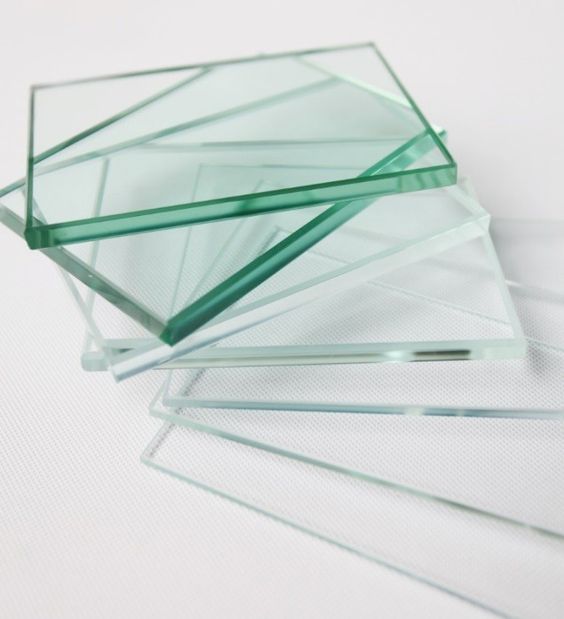
If you're considering renovating your home, you might consider adding safety glass to your windows and doors. Tempered glass and laminated glass are the two most common types of glass due to their strength, safety and durability.
What is tempered glass?
Tempered glass is a popular type of glass used in many applications, especially windows and doors, due to its durability, safety and thermal properties. It is made by heating annealed glass to a temperature of 700°C in a special furnace. Once the glass is heated, it is quickly removed for rapid cooling. The combination of heating and quenching on the glass causes it to harden faster than the core material.
This process adds compressive stress on the surface of the glass, resulting in a stronger glass that shatters into many small fragments when it breaks. Tempered glass offers many advantages over standard annealed glass. For example, it can withstand more heat and is five times stronger. Standard annealed glass is susceptible to thermal cracking from direct heat sources such as sunlight.
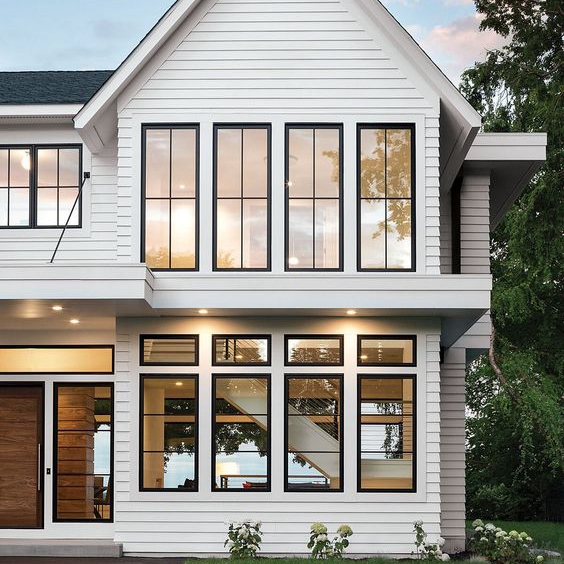
Some advantages of tempered glass include:
broken tempered glass
Provides wind resistance
Has a large tensile strength so it can be easily bent without breaking
Glass shatters into round cubes instead of dangerous point-like shards
Tempered glass can be used in all types of household applications such as shower doors, front doors, stoves, refrigerators, microwaves, and even coffee tables.
What is laminated glass?
Laminated glass is made of two sheets of tempered or plain glass sandwiched between a plastic resin or polyvinyl butyral (PVB). Unlike tempered glass, it won't shatter into pieces when broken. This is because the shattered glass will stick to the plastic instead of falling to the floor. Broken glass stays within the frame instead of shattering into jagged shards.
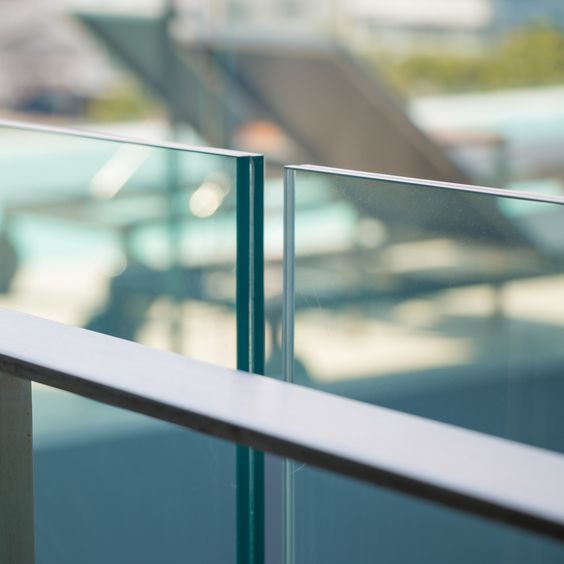
This glass type has some advantages such as:
It helps shield or protect against UV radiation.
Soundproof your windows to keep loud noises from entering your home.
Glass can be made clear or tinted.
Laminated glass is an excellent choice for those who want to maximize the security of their home. An additional layer of PVB or plastic between the glass creates a barrier that is difficult to break through. Thus, laminated glass can protect your home from harsh weather conditions and intruders. However, the downside of laminated glass is that it is more expensive than tempered glass. Furthermore, fewer and fewer manufacturers offer laminated glass.
Unlike tempered glass, it's easy to tell if glass is actually laminated. Look through the edges and you'll see a visible middle layer. Laminated glass also makes a different sound when struck than tempered or annealed glass.
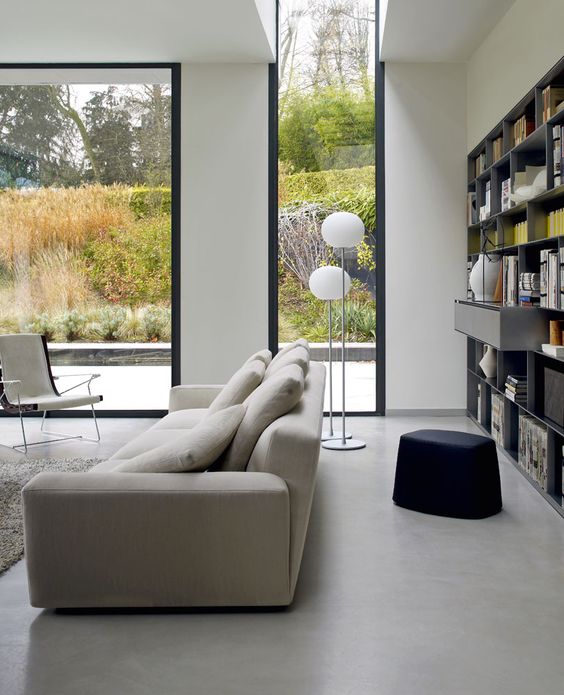
Similarities Between Tempered Glass and Laminated Glass
When comparing the two, one must consider their similarities. Of course, both are considered highly safe and durable.
Tempered glass is generally safe because glass shatters into small, smooth pieces. It is an extremely strong glass, four times stronger than ordinary annealed glass. In contrast, laminated glass has multiple glass layers and uses PVB as an intermediate layer, so it has higher strength. Therefore, it can withstand impact better and can withstand the force of a bullet or rock without shattering the window. Laminated glass is about five times stronger and about 100 times harder than standard glass.
Both glasses are highly heat resistant. In areas where fires may occur, it is important to install safety glass to prevent the high temperatures from causing the glass to crack. Tempered glass can withstand temperatures up to 470°F, making it a great addition to your kitchen. The heat resistance of laminated glass depends on the thickness of the glass – in general, the thicker the laminated glass, the more heat resistant it is.
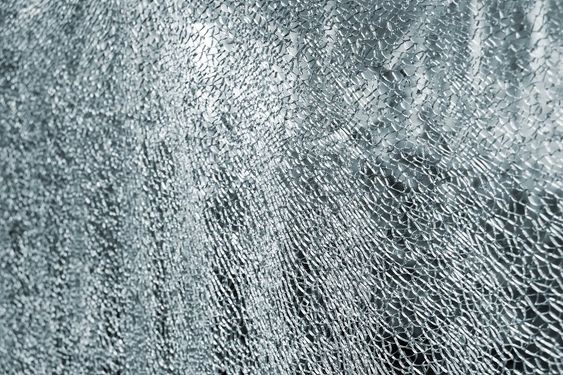
The difference between tempered glass and laminated glass
Despite their similarities, the two glass types differ in function, construction, and cost. By understanding their differences, you can make an informed decision about which type of safety glass is best for your home.
sound insulation
Laminated glass has been shown to reduce noise by about 10 decibels. This is because the combination of glass and PVB or plastic resin interlayer is difficult for sound waves to penetrate. Homeowners who live on busy streets or urban areas should consider using laminated glass to reduce or eliminate disturbing noise from the outside.
Anti-UV
The PVB layer in the laminated glass provides a virtually impenetrable filter that blocks unwanted solar radiation. UV rays can be harmful to your home's interior design as they can fade your furniture fabrics and paint on your walls. In addition, ultraviolet rays can adversely affect indoor temperatures and are harmful to human skin. In fact, laminate UV blocks 99% of UV rays from entering your home.
Energy efficiency
Unfortunately, tempered glass is not necessarily more energy efficient than regular glass. If you're looking for greater efficiency and better insulation, it's best to add a Low-E coating, which is a thin metal oxide that's applied to the glass. These coatings provide a reflective barrier against infrared and ultraviolet rays. Plus, it helps keep the heat or air in your home, reducing energy costs.
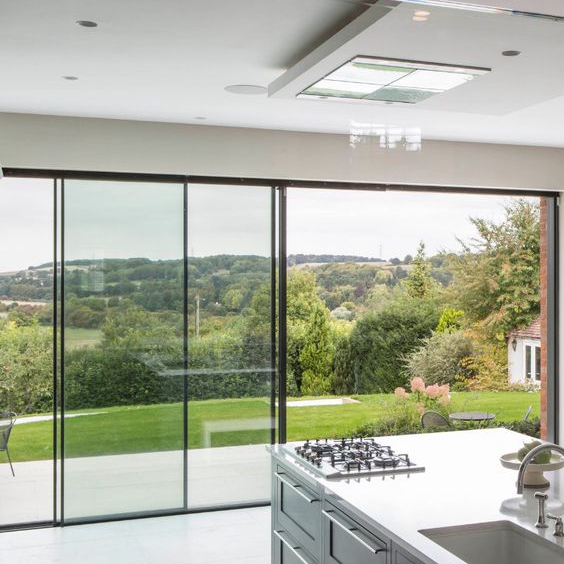
Laminated glass is a more energy-efficient option for windows and doors because it helps reduce heat loss in cold climates and cold air in warm climates. The properties of glass reflect heat from the outside and prevent the air in your home from escaping. friendly design
Since there is no resin or PVB sandwiched between tempered glass, it has some malleable properties. Therefore, it is more versatile in design and creative applications. It comes in a variety of designs to suit your unique preferences. Tempered glass can be clear, tinted, frosted or tinted. Additionally, it can be etched, engraved or textured.
Installation and Maintenance
Unfortunately, laminated glass does have a complicated installation process. It's also heavy, which means it should only be installed or replaced by a trained professional. Tempered glass is lightweight and doesn't take long to install.
As far as maintenance is concerned, laminated glass requires less maintenance than tempered glass. If tempered glass is slightly damaged, it cannot be repaired. The only option available is to replace the glass entirely, which can be very expensive. In contrast, laminated glass does not require much maintenance (if any). In addition, minor repairs can also be made. It can be repaired by drilling holes in the cracked glass up to the laminate. Next, a special transparent adhesive resin is injected under high pressure. It then needs to be cured under UV light to restore the glass.
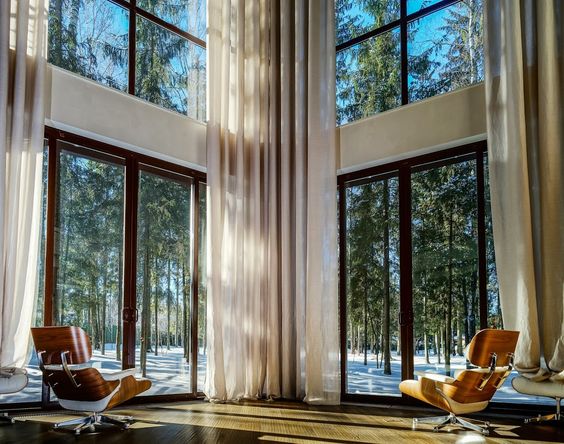
Window Glass Options for Your Home
Tempered glass is usually sufficient for most applications. Because of the added security that laminated glass provides, it may be beneficial to consider tempered glass for interior applications such as shower doors and laminated glass for exterior applications such as patio doors. If UV resistance and sound insulation are top priorities for you, then laminated glass will be a better choice for you. Laminated glass is also great for noisy areas, such as near major intersections. Plus, laminated glass windows are ideal if you need extra security due to physical security threats like burglary or environmental threats like tornadoes.